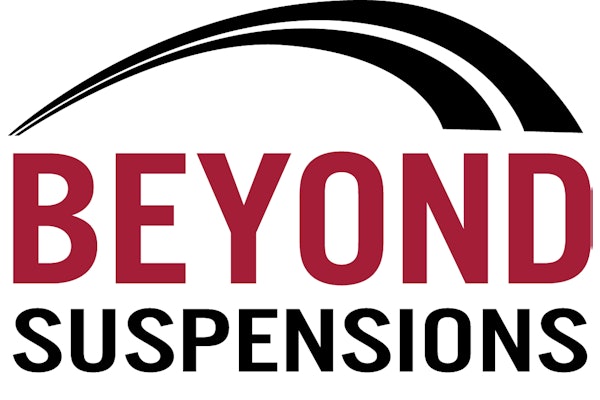he porous nature of brake lining, also known as friction material, can easily absorb oil and grease that can lead to serious damage. The good news is that the brake lining is a wearable item, meaning it’s not supposed to last forever. That being said, routine inspections still are important so your customer can get the most out of his lining.
According to the Technology & Maintenance Council (TMC), the brake’s function is to retard or stop wheel revolution by converting potential or kinetic energy to heat energy through friction.
Joseph Kay, engineering manager, Brake Systems, ArvinMeritor, Inc., said, “All frictions are not created equal. There are different features that can be built-in to resolve specific issues, although there is no perfect lining, material to manage every desirable feature, so there is a trade off.”
Linings are designed for specific environments in which they operate.
“Some applications will require optimized hill holding capability, such as fire trucks, therefore demanding high performing materials,” Kay explained.
“When an optimized friction material is used, the risk of field issues is low. Keep in mind the friction material is only part of the system; the drum or rotor is the other important piece,” he said.
Even when premium linings are used, wear does occur. Kay explained some common problems that the brake lining may experience.
Oil soaking
When an axle hub seal leaks, it results in oil being flung over the braking surface of the linings. Since the friction material is porous, it will absorb the oil, and the oil will act as a lubricant, thus a lower friction rating will occur. This will put more work on the other brakes since the one soaked in oil will not perform as well. If this occurs, the friction material must be replaced.
Overheating
This can occur for different reasons, such as a dragging brake, driver abuse or a mountain decent. Overheating will cause the resins to evaporate, leaving the binders behind, and the lining will appear fuzzy on the braking surface from protruding fiberglass fibers. The higher the temperature, the faster the lining will wear.
Cracking
This can be caused by a multitude of factors. The Commercial Vehicle Safety Alliance (CVSA) has criteria for determining when a lining block crack is not acceptable for use. Once the crack exceeds the CVSA allowance, it must be replaced.
A major issue causing cracked linings is the phenomenon known as rust jacking. Rust jacking can be described as a condition where the steel shoe table corrodes. As the layers of corrosion build, it puts stress on the lining block. Once the maximum stress limit of the block is exceeded, it cracks.
Cracking also can occur from heat, pressure, force and deflections. Because the brake on a heavy-duty truck undergoes a significant amount of work, that harsh environment will result in a higher risk of cracking. At first the cracks may appear very small and similar in appearance to a heat-checked drum, and over time, these cracks may or may not grow.
Performance
Because all friction materials have different characteristics, the goal is to have a friction material that your customer has confidence in when the vehicle decelerates.
Each wheel end of a tandem set must perform equally, and in order to achieve this, the linings must be replaced, at minimum, by axle.
In the event non-matching friction material is used, it will force more work through the higher performing wheel end. The result is higher wear, the possibility of drum cracking or a reduced stopping distance.
Wear
This is a major complaint that your customer may have. The vehicle’s air system will influence the wear rates. For example, if the typical stop requires a 10 psi to 15 psi application, your customer would not expect much wear on his brakes. However, in reality, each axle’s brakes may not come on at the same time or at the same pressure. Certain axles will turn on first causing more wear over time.
Another influence on brake wear, that your customers may not consider, is the time necessary to release the brakes. If the release time is high, then wear is occurring.
Making sure the air system meets the manufacturer’s specifications will help resolve this problem, and will save your customers energy, time and perhaps most importantly, money.







